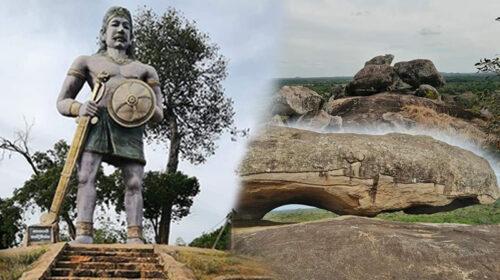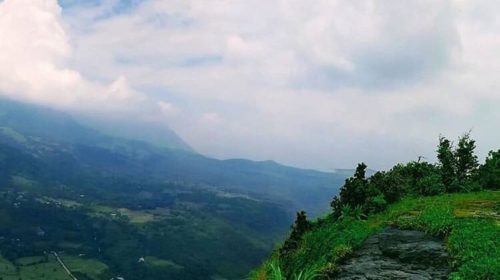Thudugala Falls
Tudugala Falls is located in the Kalutara District of Sri Lanka. Tudugala Falls is the closest waterfall to the Kalu Ganga among the waterfalls in the Kalutara District. Situated on a small hillock in the Tudugala Reserve, this waterfall is a must visit during the rainy season. The Tudugala Falls is rich in biodiversity. According to Environmentalists several endemic fish species as well as endemic species are found around this waterfall. The estate where the Tudugala waterfall is located is a British estate which used to belong to a British guy and state about 400 acres. Today, the small hydroelectric power plant looks like a dilapidated building. The waterfall also helped a plantation company started by the British in 1878 to generate hydroelectric power. However, environmentalists believe that the waterfall is being depleted due to the depletion of soil water around the falls and the pollution caused by tourists as well as various anti-environmental activities. At present a thorny coconut plantation is maintained in one part of the estate. In the past, this waterfall was also known as “Ella Uda Ella”. Sri Lanka’s first small hydro power plant was built around this Tudugala Falls but has now been abandoned.


From Kalutara to Katukurunda and from there to Nagoda and a short distance on the main road from Nagoda to Matugama you will come across Tudugala Junction. From there turn left and drive about 4.5 km to easily find the entrance to Tudugala Falls. From Horana you can reach Tudugala via Nartupana and Thobuwana. Tudugala Falls is located about 22km from Horana. Tudugala Falls consists of two floors. The ground floor of Tudugala Falls is about 8m high. You have to climb this downstairs to go upstairs. The upper floor of Tudugala Falls is about 6 meters high.
“kaha halapenda” (a migratory bird species), white-tailed vulture, and cobra can be found in the vicinity of Tudugala Falls. Porcupine can be seen in the forest around Tudugala. Halmal Dandiya, a sand fish and endemic freshwater fish endemic to Sri Lanka can be seen at this waterfall.







